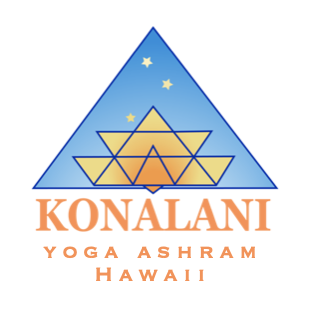Review Questions: The Least You Need to Know about Buoyant Hip Postures
Take a few minutes to review and reflect on your journey through buoyant hips…
Review Questions: The Least You Need to Know about Buoyant Hip Postures
Multiple Choice:
1. What is the term used to describe the relentless pursuit of pushing through discomfort in yoga poses, which can lead to injuries?
a) Mindfulness
b) Surrender
c) Doership
d) Flexibility
2. True or False: The pursuit of 'doership' in yoga leads to sustainable growth and holistic well-being.
3. Short Answer: What is the underlying issue often responsible for the sense of hip tightness after prolonged sitting?
4. Multiple Choice: What is the primary concern highlighted in the scenario of yoga practitioners experiencing hip injuries?
a) Lack of flexibility
b) Weak hips and joint laxity
c) Overstretching the spine
d) Inadequate warm-up routines
5. Multiple Choice: What anatomical structure surrounds the hip joint's socket and offers support by constraining joint movement to prevent excessive stretching?
A) Tendon network
B) Muscle fibers
C) Ligament array
D) Nerve plexus
6. Short Answer: What does the concept of "Anusamdhitsa" in the Shiva Sutras entail in the context of yoga postures?
7. Multiple Choice: What is the function of the illiofemoral and pubofemoral ligaments around the hip joint?
a) To facilitate hip rotation
b) To provide support and constrain joint movement
c) To strengthen hip muscles
d) To enhance flexibility in the hip joint
8. Matching: Match the following terms with their corresponding descriptions.
Terms:A) Labrum
B) Hip impingement
Descriptions:i) Cartilage lining the hip socket
ii) Excessive pressure of the hip ball against the hip cup
9. True or False: The issue of hip injuries in yoga poses primarily affects male practitioners due to their anatomy.
10. Short Answer: What is one simple remedy we can all start to incorporate into our stances to avoid hip injuries in yoga practice?
11. Multiple Choice: What concept does the "upward spiral effect" refer to in the context of yoga practice?
a) The sensation of stretching muscles
b) The tendency to overextend joints
c) The positive cycle of enhanced well-being from positive actions
d) The act of pushing through discomfort
12. Short Answer: How does the practice of Gratitude contribute to the enhancement of well-being in yoga and daily life?
13. Matching: Match the following muscles with their respective roles in the Deep Front Line of the core.
Muscles:A) Pelvic floor
B) Diaphragm
C) Adductor muscles
Roles:i) Primary respiratory muscle
ii) Lifts and supports the pelvic area
iii) Inner thigh muscles that contribute to core support
14. Multiple Choice: What is the purpose of Khechari Mudra in the yogic tradition?
a) To strengthen the superficial core muscles
b) To enhance external hip rotation
c) To engage the tongue and activate the deep core
d) To improve flexibility in the shoulders
15. Short Answer: How can the concept of a "buoyant core" contribute to effortless movement and balance in daily activities?
Answers:
c) Doership
False
Weak hips manifesting as a sense of tightness.
b) Weak hips and joint laxity
C) Ligament array
Progressing towards a posture and pausing to reconnect with the inner experience of the posture.
b) To provide support and constrain joint movement
A) Labrum - i) Cartilage lining the hip socket
B) Hip impingement - ii) Excessive pressure of the hip ball against the hip cupFalse
Adjusting stance to a smaller, more supportive position in order to generate buoyancy.
c) The positive cycle of enhanced well-being from positive actions
Gratitude enhances outlook on life, making it easier to cultivate more gratitude, fostering positivity, self-compassion, and enhanced well-being.
A) Pelvic floor - ii) Lifts and supports the pelvic area
B) Diaphragm - i) Primary respiratory muscle
C) Adductor muscles - iii) Inner thigh muscles that contribute to core support
c) To engage the tongue and activate the deep core
The concept of a "buoyant core" enhances movement and balance by providing support and effortless movement through the activation of deep

